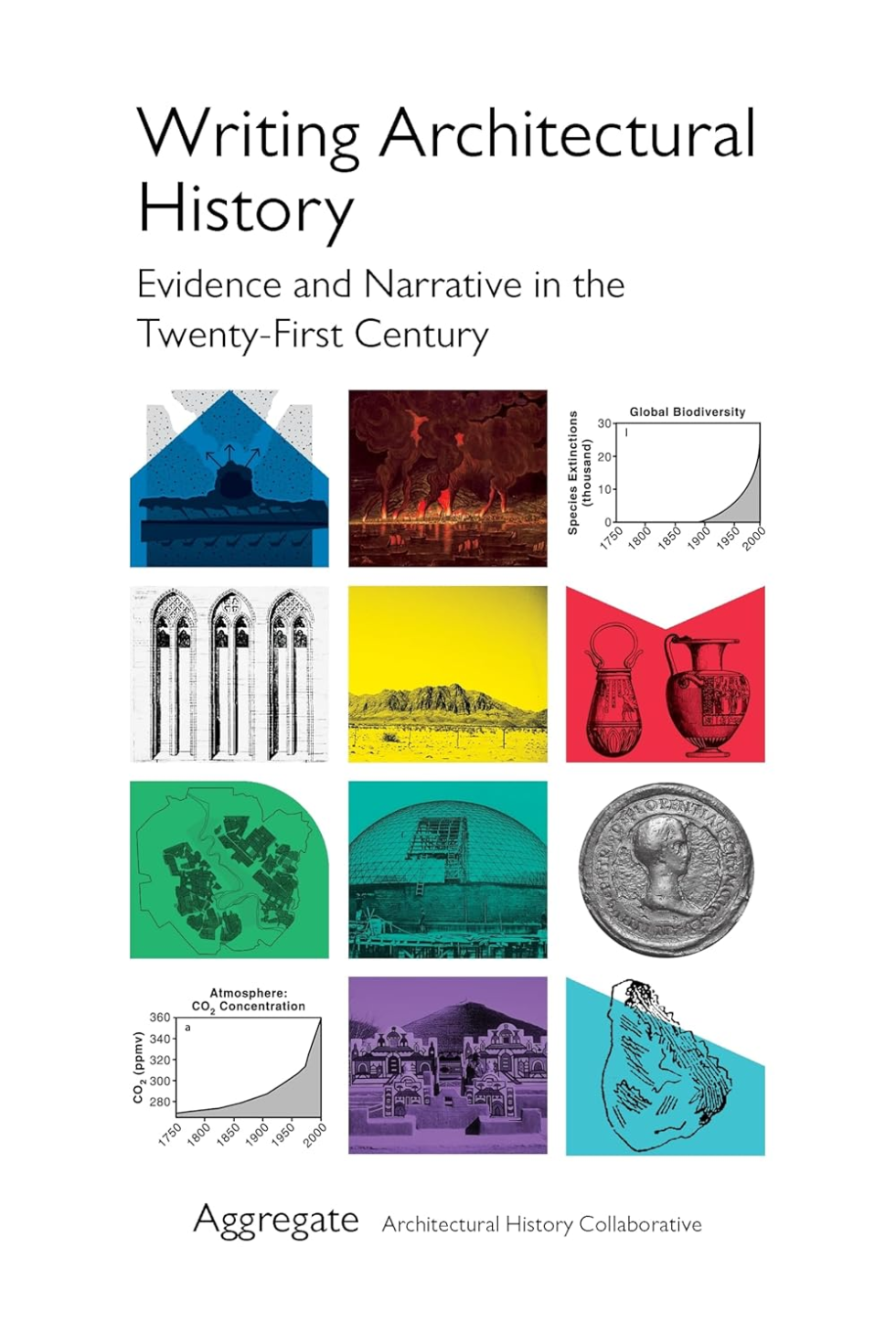Peter Minosh
Peter Minosh is a historian of architecture, landscape, and urbanism across the eighteenth-century Atlantic World and modern and contemporary spatial politics. His research considers the ways that architecture intersects with race, coloniality, and democratic sovereignty in the making of the modern world. His book manuscript, Atlantic Unbound: Architecture in the World of the Haitian Revolution, takes the French, American, and Haitian Revolutions to be a single transnational phenomenon and considers the ways that architecture negotiates its revolutionary imaginaries — particularly regarding race, enslavement, and sovereignty. This book examines public monuments, parliamentary buildings, and urban plans produced under republics making enlightenment claims while maintaining the plantation regime. This includes the United States Capitol Building, L’Enfant's plan for Washington D.C., and projects of the French Revolutionary An II. It contrasts these with works by formerly enslaved people seeking a sovereign representation for those excluded from that enlightenment, such as Haiti's Citadelle Laferrière and Sans-Souci Palace, that employ neoclassical architecture toward postcolonial ends. In the history of landscape architecture, Minosh considers productive, scientific, and formal landscapes across the Atlantic World as a transnational landscape assemblage. The landscape here serves as a socio-technical arrangement forming connections between plant species, geology, climate, territorial relations, modes of expertise, and aesthetics. This research gives special attention to interchanges between landscape ecologies, resource extraction, and climate.
Other publications have examined the politics of space in modern and contemporary contexts. Minosh's article on the 1953 MoMA exhibition "Built in USA: Postwar Architecture" considers the global circulation of midcentury American architecture as a vehicle for postwar American foreign policy. "Metropolis against the State" examines a counterproposal by Hector Horeau for the reconstruction of Paris in the wake of the 1871 Commune — rendered while he was a prisoner of the French Third Republic – that envisions Paris as a communist metropolis. "Sovereignty, Security, and the Architecture of American Governance" in The Politics of Space and Place examines differing configurations of sovereignty at contemporary American embassies, border crossings, and federal buildings within a broader consideration of the colonial origins of human rights discourse.
Academic Research/Specialty Areas
- Architectural history
- Architectural theory
- Architectural History
- Architectural Theory
- Architectural Historiography and Methodologies
- Political Philosophy
- Atlantic History
- Colonialism, Postcolonialism, and Decolonization
- Environmental Studies
- Theories of Anarchy
Related Links
Classes (Selected)
- ARCH 3819/5819 Architecture, Territory, and the Politics of Space
- ARCH 3819/5819 Extraction Landscapes
Publications (Selected)
- "Architectural Remnants and Mythical Traces of the Haitian Revolution: Henri Christophe's Citadelle Laferrière and Sans-Souci Palace." JSAH: Journal of the Society of Architectural Historians 77, no. 4 (December 2018).
- "Metropolis against the State: Architectures of Violence after the Paris Commune." In Architecture against Democracy: Histories of the Nationalist International, edited by Reinhold Martin and Claire Zimmerman. Minneapolis: University of Minnesota Press (2024).
- "American Architecture in the Black Atlantic: William Thornton's Design for the United States Capitol Building." Race and Modern Architecture: A Critical History from the Enlightenment to the Present, edited by Charles Davis, Mabel Wilson, and Irene Cheng. Pittsburgh: University of Pittsburgh Press (2020).







